Insomnia Series Part 3: Psychological Treatment For Chronic Insomnia: Understanding CBT-I
/As we learned in part one of this series, insomnia is a common sleep disorder that can make it difficult to fall asleep, stay asleep, or cause you to wake up too early and not be able to return to sleep. Cognitive behavioural therapy for insomnia (CBT-I) is an effective treatment for chronic sleep problems and is usually recommended as the first line of treatment. Studies show that CBT-I improves sleep in 75-80% of insomnia patients and reduces or eliminates sleeping pill use in 90% of patients.
“CBT-I can benefit nearly anyone with sleep problems including people who have primary insomnia...”
CBT-I is a structured treatment program that helps you identify and replace unhelpful thoughts and behaviours that cause or worsen sleep problems with habits that promote sound sleep. Unlike sleeping pills, CBT-I helps you overcome the underlying causes of your sleep problems and has even been shown to reduce pain, menopausal hot flashes, fibromyalgia, substance abuse, and PTSD in insomnia patients with these additional health problems.
CBT-I can benefit nearly anyone with sleep problems including people who have primary insomnia as well as those with physical problems, such as chronic pain, or mental health disorders, such as depression and anxiety. There is no evidence that CBT-I has negative side effects, and what’s more, the positive effects seem to last.
How Does CBT-I Work?
The recent National Institute of Health state-of-the science meeting on insomnia concluded that CBT-I is a safe and effective means of managing chronic insomnia and its effects. As the term CBT-I suggests, there are two main components to this treatment: the cognitive component and the behavioural component. In the cognitive part of the treatment, the therapist teaches you how to recognize and challenge/restructure unhelpful thoughts and beliefs that are affecting your ability to sleep. In so doing, you will learn to better control or eliminate negative thoughts and worries associated with keeping you awake at night. In the behavioural part of the treatment, the therapist educates you about sleep hygiene, helps you develop good sleep habits, and engages you in relaxation training (e.g., progressive muscle relaxation, abdominal breathing, meditation, guided imagery) to help promote sleep. The sleep therapist will also ask you to keep a detailed sleep diary to monitor your sleep throughout the treatment. The sleep diary is an important tool yielding rich information about sleep habits and behaviours affecting your sleep. CBT-I is aimed at changing sleep habits, setting strict sleep rules, and challenging misconceptions about sleep and insomnia, that perpetuate sleep difficulties. There are several additional strategies and techniques used in CBT-I depending on your needs, including: stimulus control therapy, sleep restriction, biofeedback, and sleep environment improvement, to name a few.
Sound like hard work?
It can be. CBT-I is not a fast and easy cure. It takes time, patience, motivation, and commitment to the process. In fact, in the early stages of treatment, you might actually sleep less and feel worse before you start to sleep longer and feel better. However, consistency is the key. If you remain consistent with the tasks required of CBT-I and compliant with the strategies, you will likely see improvement in your sleep with lasting results.
Dr. Debra Trevisan is a Clinical Psychologist with special interests in mood and anxiety disorders, insomnia, and personality disorders. www.drdebratrevisan.com | www.qwellness.ca




